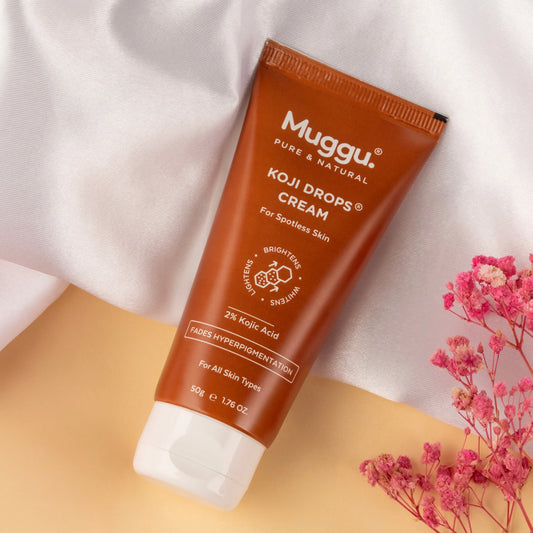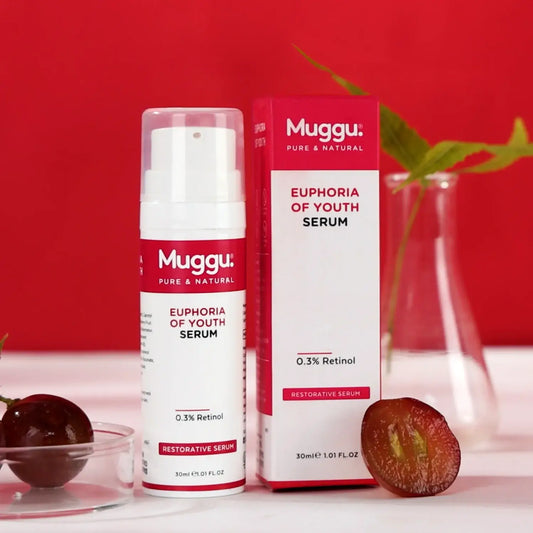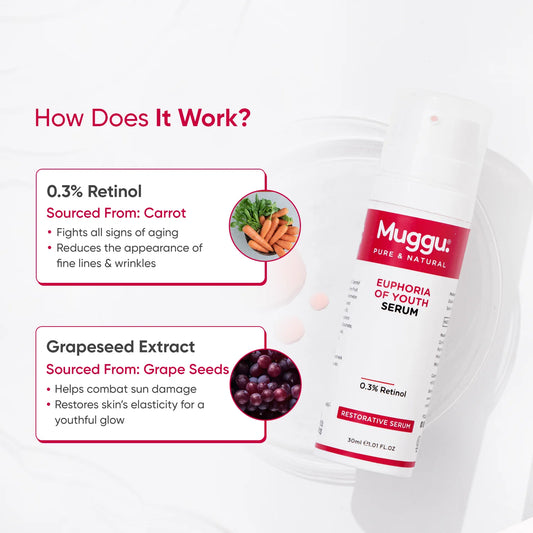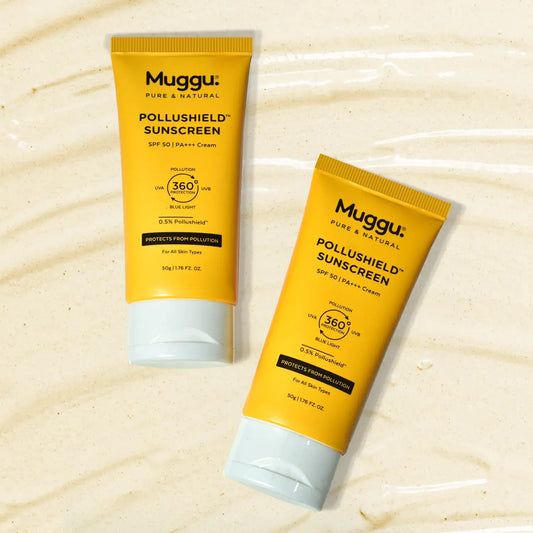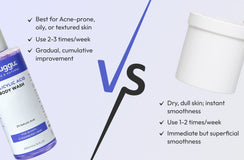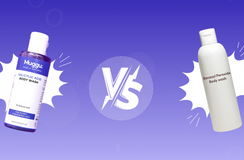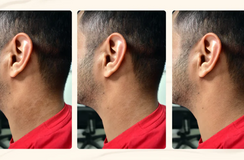Pigmentation issues like dark spots, melasma & uneven skin tone are common skin concerns. And let’s be real, they’re stubborn. If you’ve been searching for effective solutions, chances are you’ve come across kojic acid cream for pigmentation. But have you ever wondered how it actually works? What’s happening under your skin that allows kojic acid cream to visibly reduce spots over time?
In this blog, we’ll dive into the science behind melanin production, how kojic acid disrupts the pigmentation process at the cellular level, and why consistent use of a dark spot removal cream is key to seeing real results.
What is Melanin and Why Do We Get Pigmentation?
Melanin is the natural pigment that gives color to your skin, hair, and eyes. It’s made by special cells called melanocytes. These cells have an enzyme named tyrosinase, which helps create melanin. It acts as your body’s natural defence mechanism against UV rays. When exposed to the sun, your skin ramps up melanin production to protect itself.
But sometimes, these cells go into overdrive and produce too much melanin. That’s how we get dark spots or uneven skin tone. This is where kojic acid for pigmentation steps in to help.
How Kojic Acid Cream for Pigmentation Works: The Science Behind It
Kojic acid is a naturally derived compound obtained from fungi during the fermentation of rice. It’s been used in skincare for years, especially in dark spot removal creams, thanks to its ability to reduce melanin formation.
Kojic acid cream works by slowing down and effectively disrupting the entire melanin synthesis process. It does this by blocking the tyrosinase enzyme, which is responsible for making melanin. No tyrosinase means less melanin, and that means fewer dark spots.
When you apply kojic acid cream for pigmentation consistently, it slows down pigment formation at the cellular level, preventing new dark spots from forming while gradually fading existing ones. Another cool thing? Kojic acid also binds to the copper that tyrosinase needs to work. Without copper, tyrosinase can’t do its job, which further helps reduce pigmentation.
What Happens at the Cellular Level?
Let’s zoom in to the microscopic level.
-
Melanocytes are located in the basal layer of the epidermis (your skin’s outermost layer). They produce melanin in response to triggers like sun exposure, hormonal shifts, or inflammation.
-
When these cells are triggered, they convert tyrosine (an amino acid) into melanin through a series of steps, all orchestrated by the enzyme tyrosinase.
-
Kojic acid, when applied topically, penetrates the upper layers of the skin and binds to the copper ions in tyrosinase. This blocks the enzyme’s ability to catalyze the melanin-producing reaction.
-
Over time, this inhibition leads to a visible reduction in pigmentation, especially when kojic acid cream is part of your daily routine.
The Role of Free Radicals and How Kojic Acid Helps
Another sneaky contributor to hyperpigmentation? Oxidative stress caused by free radicals. These are unstable molecules that damage skin cells, often triggered by UV rays and pollution.
Kojic acid also has antioxidant properties, meaning it helps neutralize free radicals. This adds another layer of defence against pigmentation by protecting your skin from further melanin-triggering damage.
So, kojic acid for pigmentation doesn’t just slow pigment production, it also protects your skin from future damage. Double win.
What Makes Kojic Acid Cream Different from Other Dark Spot Removal Creams?
You might have seen many creams that promise to remove dark spots. Some use ingredients like hydroquinone, vitamin C, or arbutin. These work too, but they can sometimes be too harsh or not effective enough.
Kojic acid cream is strong enough to work but gentle enough for most skin types. That’s why many people prefer using it as a dark spot removal cream.
Can Everyone Use Kojic Acid Cream?
Most people can use kojic acid for pigmentation, but it’s always good to check with a dermatologist if you have sensitive skin.
Here’s how different skin types might react:
-
Oily or acne-prone skin: It can help fade acne marks.
-
Dry or sensitive skin: May dry the skin a little, therefore choose a cream that also hydrates.
-
Darker skin tones: It works well and doesn’t bleach the skin, just reduces extra melanin.
TIP: Always do a patch test before using it fully.
Why Using It Regularly is Super Important?
You’ve probably heard this before, but it’s worth repeating: Consistency is key.
The skin renews itself approximately every 28 days. So, while your dark spot removal cream may begin working beneath the surface from day one, visible results typically take 4-8 weeks.
Stopping midway or using the cream sporadically won’t allow kojic acid to work effectively over multiple skin cycles. Here’s what a typical kojic acid usage timeline might look like:
Weeks 1-2: Mild exfoliation, slight brightening.
Weeks 3-4: Reduction in the intensity of spots.
Weeks 5-6: Noticeable improvement in evenness of skin tone.
Weeks 7-8+: Fading of stubborn pigmentation, smoother, more radiant complexion.
Here are a few tips:
-
Use it once a day, preferably at night.
-
Always wear sunscreen during the day.
-
Be patient and don’t overuse it.
TIP: Pair kojic acid cream for pigmentation with SPF during the day. Since kojic acid makes your skin more sensitive to sun exposure, sunscreen helps lock in progress and prevents setbacks.
How Your Skin and Kojic Acid Work Together?
While kojic acid cream for pigmentation slows down new melanin from forming, your skin also needs to shed the old, pigmented cells. This is called skin cell turnover.
So, you get double action:
And that’s how your dark spots fade over time.
What Should You Look for in a Kojic Acid Cream?
If you’re shopping for a dark spot removal cream with kojic acid, check for these things:
-
Kojic acid should be between 1% to 2%.
-
Look for calming ingredients like glycerine, niacinamide, or allantoin.
-
Avoid products with heavy fragrances or harsh chemicals.
What Results Should You Expect?
Let’s be honest. Kojic acid for pigmentation won’t make dark spots disappear instantly. But with regular use, you can expect to see lighter and more even-toned skin in a few weeks.
Most people see 40-70% improvement over a couple of months. Just remember to protect your skin from the sun, or the spots might come back.
Common Myths About Kojic Acid
“It bleaches your skin.”
No, it just reduces extra melanin, not your natural skin color.
“It’s unsafe.”
At the right percentage, kojic acid is safe and approved for skincare.
“You don’t need sunscreen indoors.”
You still do - UV rays can reach you even inside.
Final Thoughts: Your Skin Deserves Patience and Good Science
To recap, here’s why kojic acid for pigmentation is one of the most effective and science-backed ingredients out there:
-
It inhibits tyrosinase, reducing melanin production at the root.
-
It neutralizes free radicals, preventing future dark spots.
-
It works gradually but effectively with consistent use.
-
It’s versatile and can be safely used by most skin types with proper precautions.
So if you’re tired of layering concealer over stubborn spots, it might be time to give kojic acid cream for pigmentation a try. With patience, sun protection, and a little skincare commitment, your skin can reclaim its natural glow, one cell at a time.
